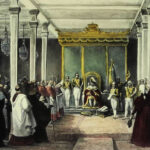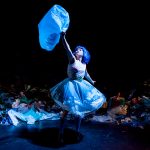The Algarve truly offers an amazing festival of birds to watch. Inspired by the classic Christmas song, here is a list of some birds you can find in the region, including one or two surprises. “On the first day of Christmas, my true love sent to me …”
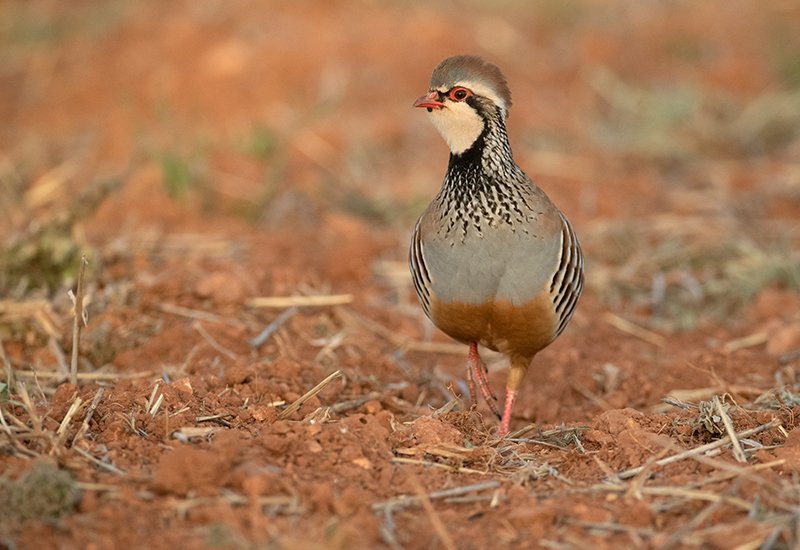
One Red-Legged Partridge (Alectoris rufa)
Whether spotted on a pear tree or on the ground, these beautiful birds show striking patterns and vibrant colours yet, somehow, they blend magnificently into the terrain where they live. Red-legged partridges are a great example of a monomorphic species, meaning that both sexes look the same.
When and where:
All year round and found throughout the Algarvian drylands or barrocal.
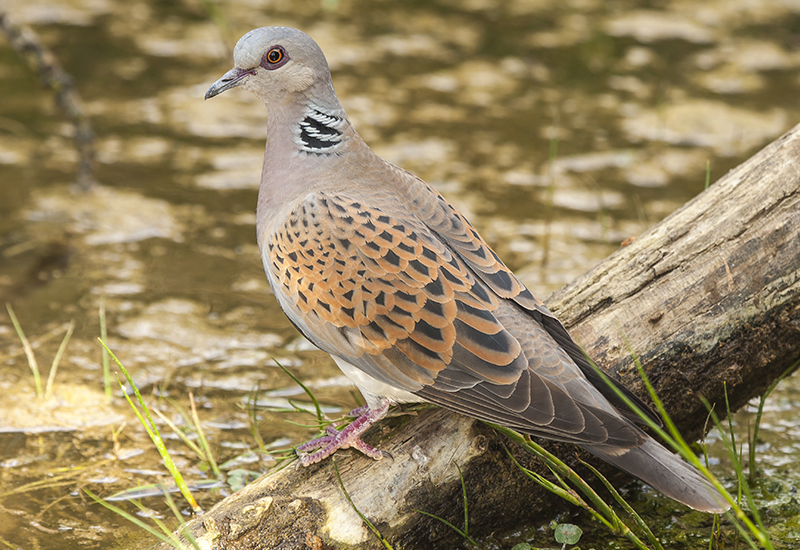
Two Turtle Doves (Streptopelia turtur)
The turtle dove winters in Africa and returns to Europe each spring when you can hear its peculiar calling that is thought to be the origin of the name (turrr-turrr = turtle). It is also one of many species to be named after two different animals. Other examples are the horsefly, the dogfish, the whale shark, the spider crab, the elephant seal or the catfish.
When and where:
Springtime and summer in Sagres, Alvor, Quinta do Lago and Ria Formosa
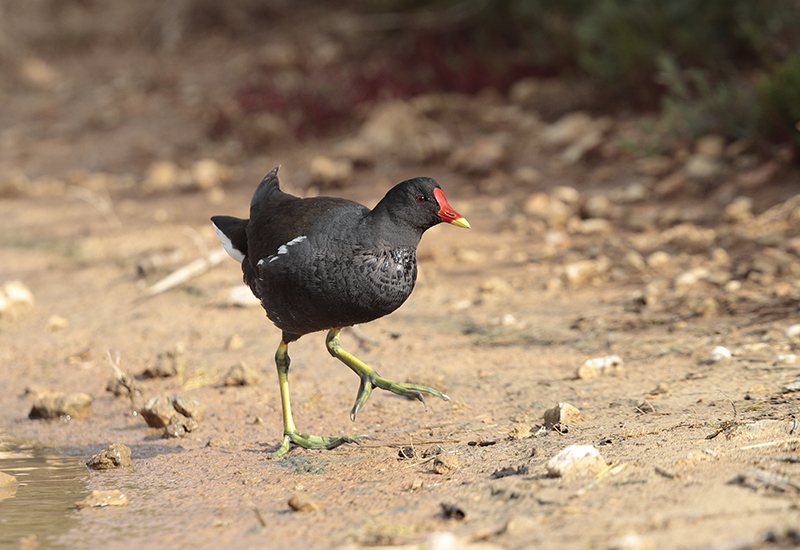
Three Moorhens (Gallinula chloropus)
One of the most widespread birds around the globe, moorhens are frequent inhabitants of freshwater lakes, lagoons, rivers and ponds. Moorhens are easily identified by their yellow legs, dark bodies and red beaks with yellow tips.
When and where:
Resident species that can be found throughout the region.
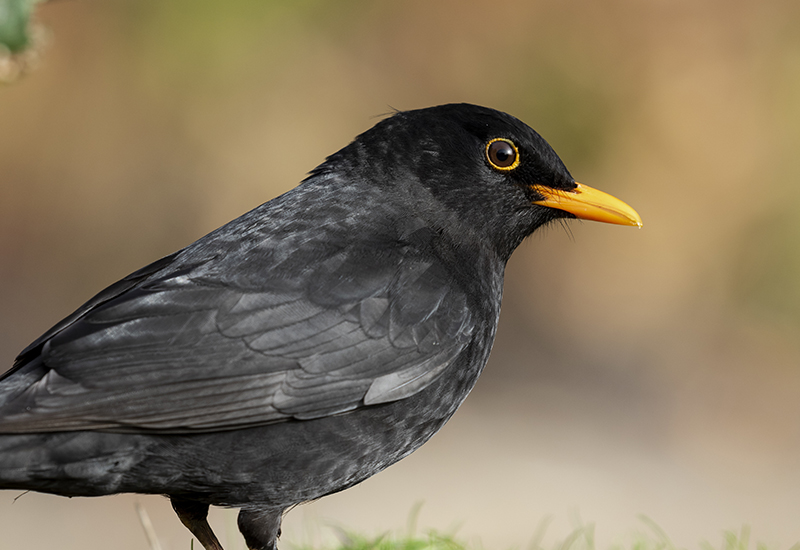
Four Blackbirds (Turdus merula)
Old versions of the popular Christmas song mention four colly birds instead of four calling birds. The word “colly” would mean dark as coal, hence associated with the blackbird. Blackbirds are usual callers in gardens and parks throughout Europe and the Algarve is no exception. Blackbirds sing beautifully and can normally be heard in calm mornings and at dusk.
When and where:
365 days a year and its distribution covers the whole region.
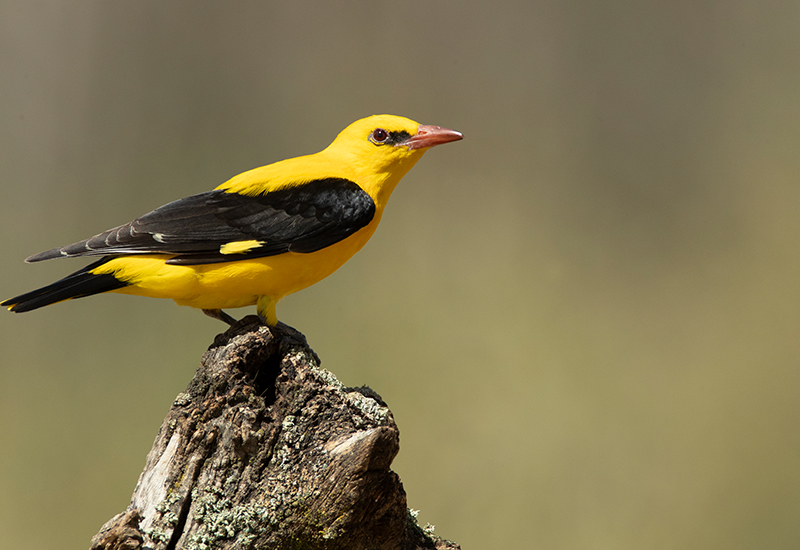
Five Golden Orioles (Oriolus oriolus)
This very secretive bird with a bright yellow body and black wings is more often heard rather than seen. A summer visitor that arrives in the Algarve during springtime and returns to Africa by the end of summer.
When and where:
From April to September in Alcoutim, Rocha da Pena and Alvor.
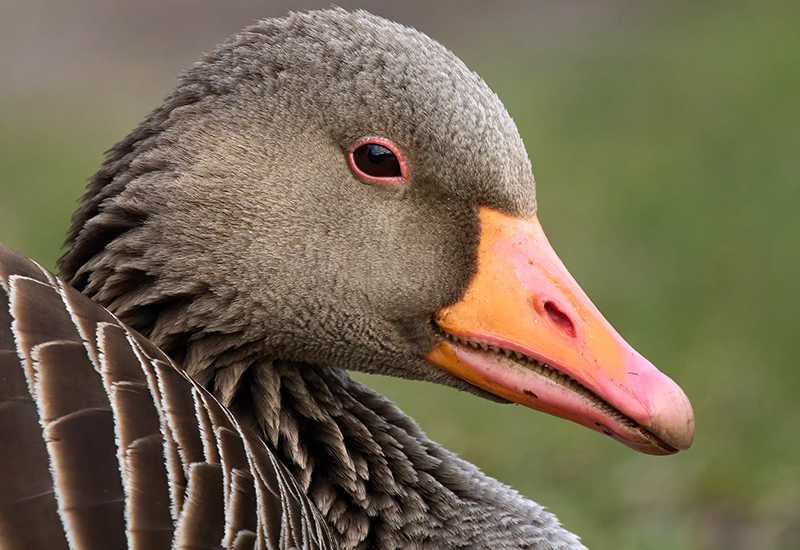
Six Greylag Geese (Anser anser)
Greylag geese are frequent winter visitors in Portugal and can be seen in abundant numbers in the Alentejo and are also spotted in the Algarve. These impressive birds leave the Arctic region to winter in mild central and southern Europe. They travel in great numbers, often in their hundreds, providing a true spectacle when landing or gathering in large gaggles. Usually monogamous, these geese tend to pair for life. Laying happens far from Portugal, in distant northern lands where it spends spring and summer.
When and where:
October to March in Castro Marim, Ria Formosa and Lagoa dos Salgados.
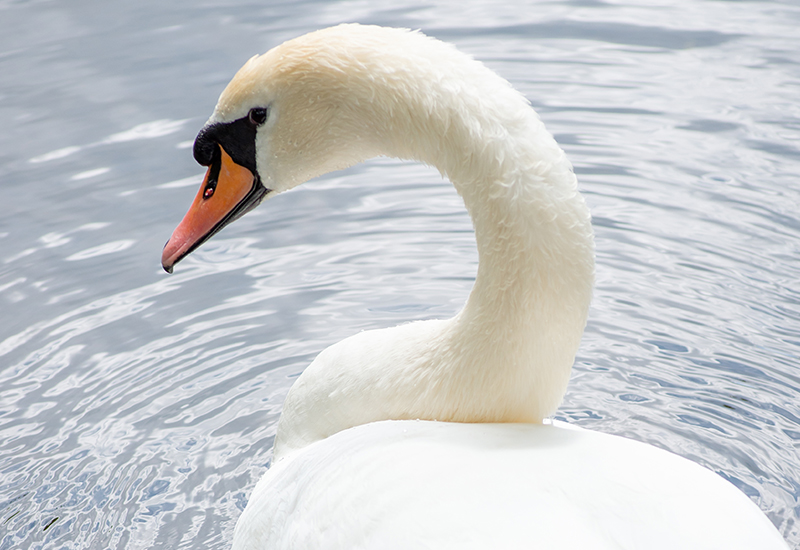
Seven Mute Swans (Cygnus olor)
Perhaps the hardest to spot on this list as wild swans are very rarely seen in Portugal. Fewer than one hundred sightings have been reported and certainly include some escapes from captivity. As the name indicates, this is not a vocal bird.
When and where:
Spring and summer at Vilamoura, Quinta do Lago and Lagoa dos Salgados.
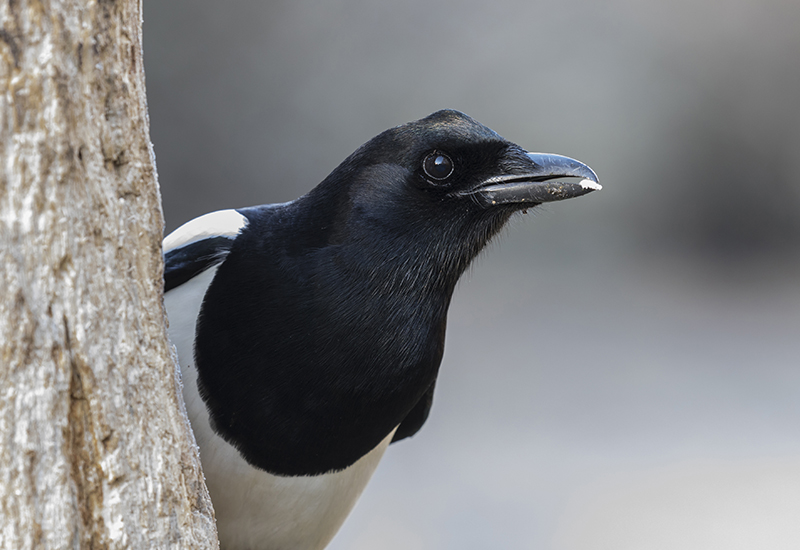
Eight Magpies (Pica pica)
“Eight for a Wish” in the other popular rhyme, magpies look much like maids-a-milking dressed in black with white aprons. These clever birds are part of the Corvidae family (crows) and are renowned for their intelligence.
When and where:
Resident birds that can be seen all year at Lagoa dos Salgados, Tavira’s salt pans or Castro Marim.

Nine Flamingos (Phoenicopterus roseus)
Unquestionably one of the most impressive birds to grace its presence in the Algarve, flamingos can be spotted in lakes, lagoons and salt pans across the Algarve. Whether feeding or performing mating rituals, this animal’s locomotion is nothing short of a dancing choreography performed by pink-feathered artists. When standing on one leg, the question mark silhouette is quite a distinct trademark picture.
When and where:
Can be seen all year round in Lagos, Alvor, Portimão, Lagoa dos Salgados, Ria Formosa, Ludo, Tavira or Castro Marim.

Ten Little Bustards (Tetrax tetrax)
The real “Lords-a-Leaping” of the natural world. During mating season, males inflate their chest and neck feathers and leap from the floor, repeatedly, to impress the females. Also a great example of sexual dimorphism which is the clear difference between the sexes. Males show more vibrant patterns and plumage than the females.
When and where:
Resident birds that can be spotted in Castro Marim or Sagres.

Eleven Sandpipers (Actitis hypoleucos)
Common sandpipers are busy waders that can be found all over Portugal in all sorts of water systems. Watch the frenetic way their rears bob up and down, a behaviour known as teetering.
When and where:
All year round Lagos at Alvor, Lagoa dos Salgados, Ludo, Castro Marim, Tavira or Santa Luzia.

Twelve Woodpeckers
The Algarve is home to three species of woodland drummers: The lesser-spotted (Dryobates minor), the great-spotted (Dendrocopos major) and the Iberian green (Picus sharpei). Much like the golden oriole, you will more often hear this bird before spotting them. The unmistakable laughing calls and pecking noises echo through the quiet woodlands and mountains of the region.
When and where:
All three species are resident in the Algarve and can be found in forest areas and the mountain hills of Monchique, Caldeirão and Espinhaço de Cão.









